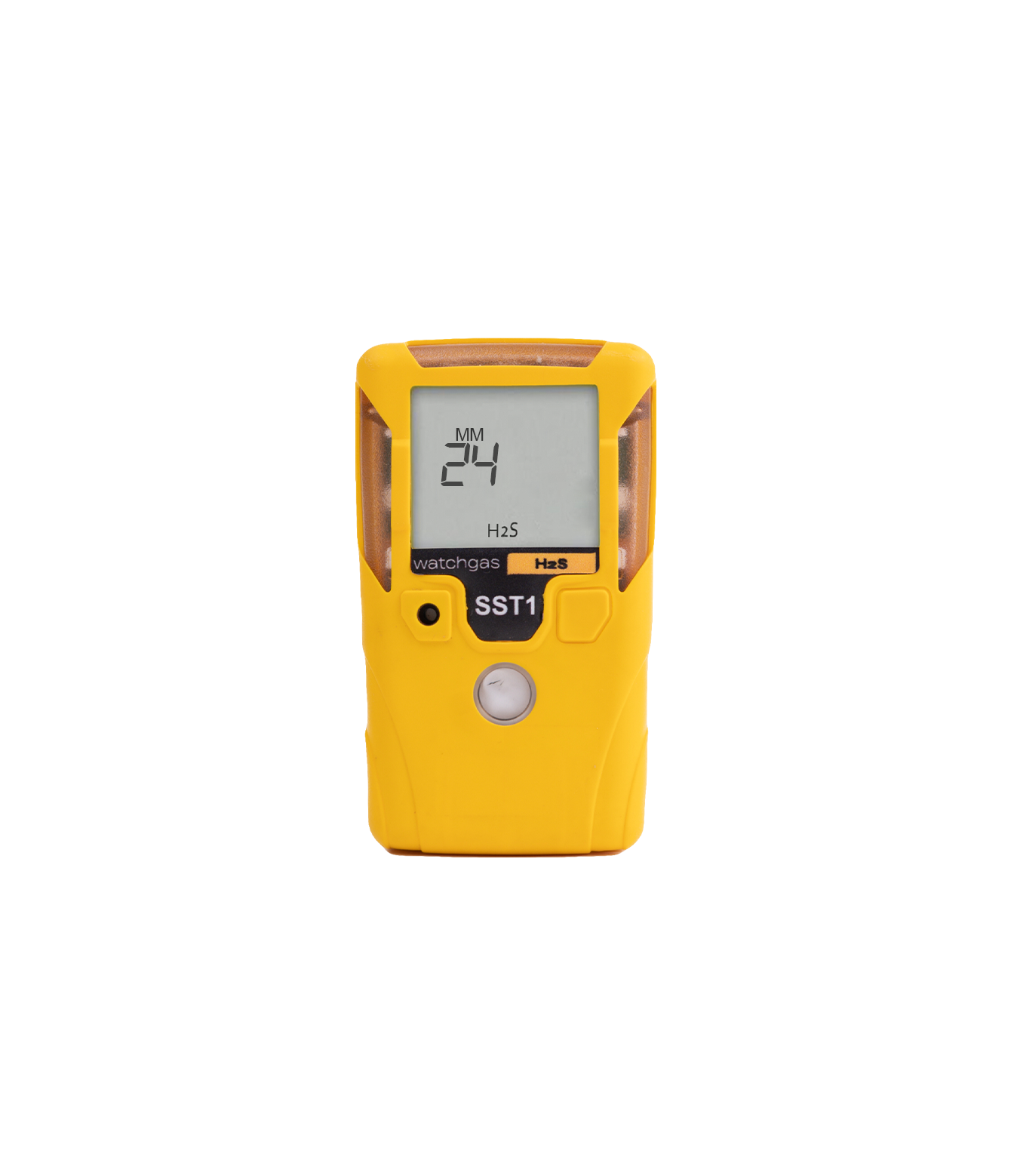Carbon Monoxide (CO)
Carbon monoxide (CO) is a colorless, odorless, and tasteless flammable gas slightly less dense than air. It is toxic to animals that use hemoglobin as an oxygen carrier (both invertebrate and vertebrate) when encountered in concentrations above about 35 ppm. However, it is also produced in normal animal metabolism in low quantities and is thought to have some normal biological functions. In the atmosphere, it is spatially variable and short-lived, having a role in forming ground-level ozone.
Carbon monoxide effects on health
The most common symptoms of CO poisoning are headache, dizziness, weakness, upset stomach, vomiting, chest pain and confusion. CO symptoms are often described as “flu-like.” If you breathe in a lot of CO, it can make you pass out or kill you. People who are sleeping drunk can die from CO poisoning before they have symptoms.
Carbon monoxide is produced when fuels such as gas, oil, coal, and wood do not burn thoroughly. Burning charcoal, running cars, and cigarette smoke produce carbon monoxide gas. Gas, oil, coal, and wood are sources of fuel used in many household appliances, including:
- boilers
- gas fires
- central heating systems
- water heaters
- cookers
- open fires







